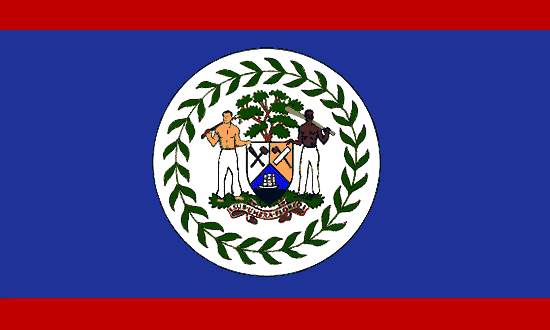Login form
Customs of Belize
Marriage and Family
 Many young Belizean women become single mothers, and many men father a number of children by several women and never formally marry, although they may enter into a common-law marriage. Church weddings are usually followed by a colorful reception that includes food, music, and dancing.
Many young Belizean women become single mothers, and many men father a number of children by several women and never formally marry, although they may enter into a common-law marriage. Church weddings are usually followed by a colorful reception that includes food, music, and dancing.
Families tend to be large and often include the extended family. Many Belizeans go to other countries to live and work, and it is common for grandparents to raise grandchildren. Because of the large number of absentee parents, minors now comprise the majority of the population in
Among the Creole population there are many single-parent families. In a Creole village, it is common to have a female head of household and several generations of women living together with no adult men. In most other homes, the father takes the leading role. Younger women are more inclined than older women to work outside the home, but women are generally expected to take care of the home and family.
Eating
The most common staples are white rice and kidney beans. These may be served with chicken, beef, fish or other seafood. Among the Maya, maize is a part of most meals, often in the form of tortillas. Popular dishes include tamales, panades (fried maize shells with beans or fish), meat pies, escabeche (onion soup), chirmole (soup), and garnaches (fried tortillas with beans, cheese, and sauce). Fruits such as bananas, oranges, mangoes, papayas, and limes are abundant. Vegetables, many of which have to be imported, are in shorter supply. In general, those living in rural areas have a less varied choice of diet than those in the cities.
In the cities, breakfast may include fruit, bread, cheese, beans, eggs, or cereal; in rural areas it is often no more than beans. The main meal is usually in the middle of the day, although some groups, such as the Kek’chi Maya, have their main meal in the evening.
Families generally eat meals together, and schools and many businesses close in the middle of the day to allow people to get home. However, in some Mayan and mestizo families, women eat after or separately from the men. Little conversation—especially from children—is expected while people are eating.
Socializing
Belizeans are informal and friendly in greeting one another. It is considered rude not to hail even a slight acquaintance or greet the clerk or receptionist when entering a place of business. A simple nod of the head or a wave is acceptable when passing someone on the street, and acquaintances might also be greeted with Hey, how yu di do? (“Hello, how are you?”) or Y’all right? (“How are you?”). When stopping to talk to someone, a handshake is common. Among friends, one might shake hands by clasping the palms and locking thumbs, or by locking all fingers, or just pressing fists together. Men might pat each other on the back when they shake hands. Mestizos might say ¡Buenos días! (“Good morning!”), ¡Buenas tardes! (“Good afternoon!”), ¡Buenas noches! (“Good evening!”), or just ¡Buenas! at any time of day. In Creole, one might use Wa di gwan? (“What’s happening?”) or a number of other phrases.
In formal situations, people are addressed using their titles, but otherwise first names are used. Children usually address their elders by adding Miss or Mister before the name, and they often answer questions by saying “Yes, ma’am” or “No, sir.”
Since the introduction of television in 1980, visiting has played a diminishing role in everyday life in the cities, although it is still important in villages. Belizeans generally take care to make even unexpected guests feel at home. Arranged visits most often occur on weekends. When visiting a home, a lengthy conversation might take place over the fence before one is invited into the yard or home.
Recreation
The most popular sports are soccer and basketball, and there is enthusiastic support for league teams. Other sports enjoyed in
Concerts and school fairs are well supported. Belize City Belizeans enjoy reggae, calypso, soca, and various other types of music such as punta-rock, which has its roots in the Garífuna culture.
Holidays and Celebrations
The most celebrated national holidays occur in September. Carnaval, which involves a large street parade and parties, takes place the Saturday before Saint George’s Caye Day (10 September). Independence Day is 21 September. Various “September Celebrations” are held between these two holidays. Other national holidays include Baron Bliss Day (9 March), in honor of a Portuguese noble who left his wealth to Belize; Labor Day (1 May); and Garífuna Settlement Day (19 November), which marks the arrival of the Garifuna in Belize. Christmas is a time for family, religion, and community; it is a quiet holiday for most. Easter weekend is popular for vacations.
Source: Encarta Interactive World Atlas

